The Autons have been plaguing the Doctor since their first appearance in 1970. Here’s everything you need to know about the Time Lord’s best-dressed adversaries…
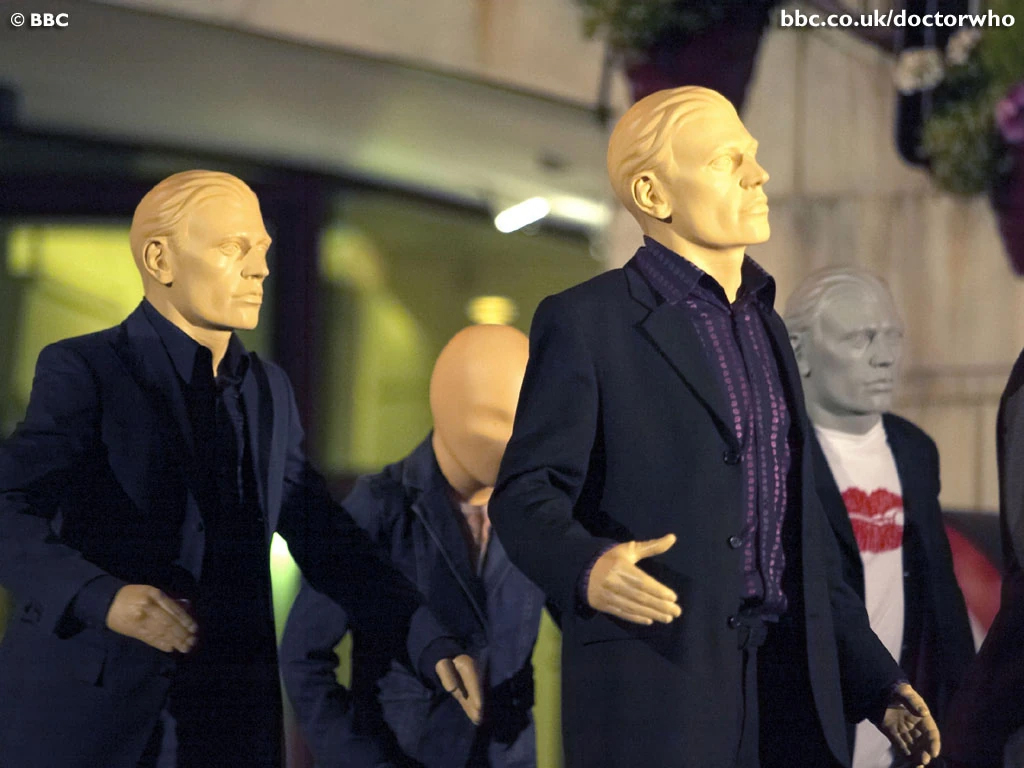
Why do we say ‘best-dressed’? Well, the thing about the Autons is that they sometimes take the appearance of shop window dummies. In their debut adventure ‘Spearhead from Space,’ they are walking mannequins. Sometimes they act as foot soldiers, and sometimes they’re lurking in window displays. There are even some Autons in London’s famous Madame Tussauds exhibition, which is a collection of waxwork figures of renowned individuals. Even the Time Lord himself has been featured.
As well as being terrifying to look at, these dummies have weapons built into their arms. Their front fingers fall away to reveal a gun, which is capable of completing vapourising a person.
But it would be inaccurate to say that the Autons are just shop window dummies. They are, in fact, a form of living plastic which is controlled by a blob-like monster known as the Nestene Consciousness, which has the Autons do its bidding by radio transmission. So the Autons can take on any form – anything made out of their living plastic, basically.
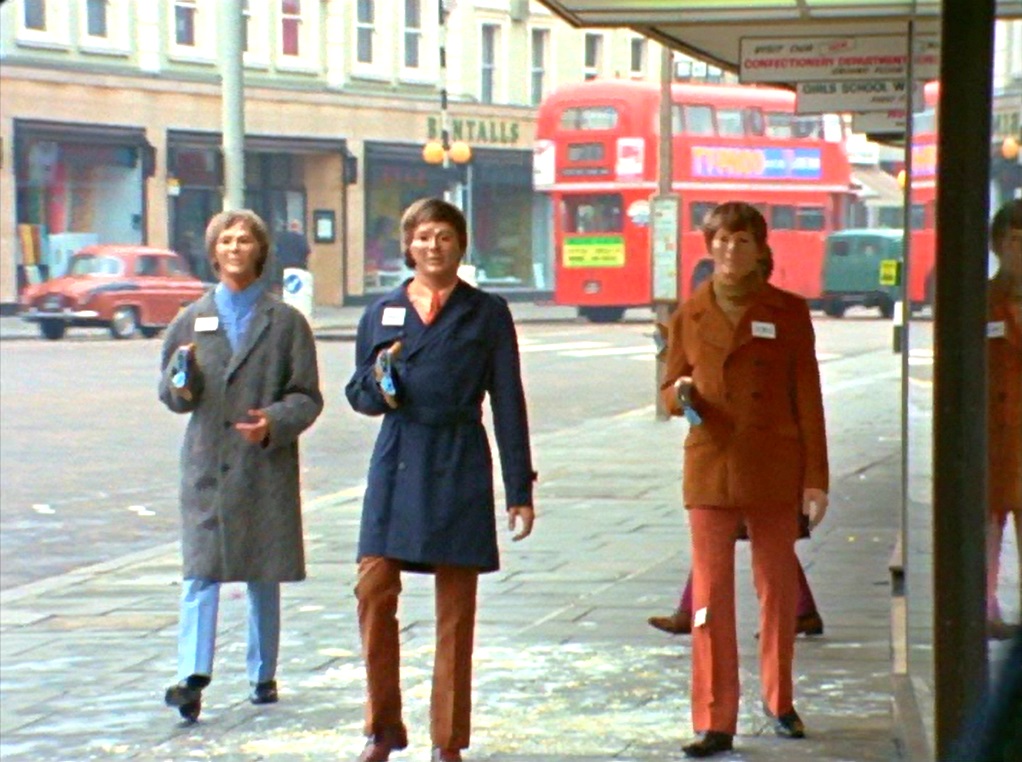
It is in the 1971 story ‘Terror of the Autons‘ that the full scale of the monsters’ terror is revealed. In this adventure, the traditional dummies continue to wreak havoc, but the Autons adopt a number of different forms. In fact, the monsters were so terrifying this time around that the new producer Barry Letts had to field a number of complaints from various parties, one of which was the police. They disapproved of the fact that the Doctor was shown to be rescued by a seemingly well-meaning copper, who turned out to be an Auton in disguise. They felt that Doctor Who wasn’t doing much to help people’s trust in the police!
There was another sequence involving a ‘troll doll’ which, when activated by heat, had a habit of trying to kill unsuspecting humans. This triggered nightmares in a number of children, who (understandably) were too scared to take their teddy bears to bed.
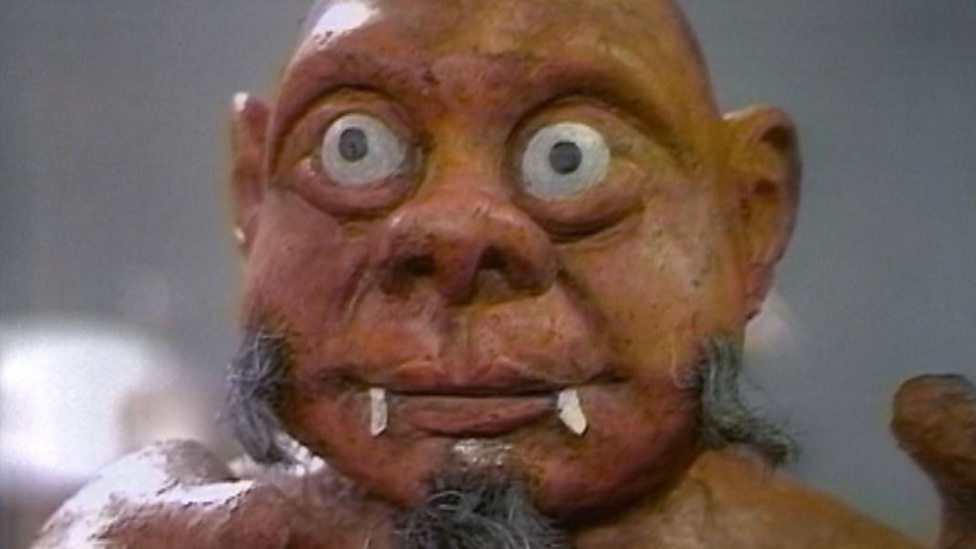
All of these creepy ideas were borne out of the imagination of the Autons’ creator Robert Holmes, and Doctor Who‘s script editor Terrance Dicks. And with regard to the dreaded troll doll, Dicks had worked hard to emphasise to viewers that this was an evil creature, and not the kind of toy any sane person would want to take to bed with them; it was bald with huge, globular eyes and fangs. Nevertheless, the production team listened to viewers’ concerns, and made an effort to tone down the scare factor of future stories.
‘Terror of the Autons’ also famously introduced the Doctor’s arch rival the Master, played here by Roger Delgado. In the adventure, he is using the Nestene Consciousness and the Autons for his own evil ends, and is partly responsible for the ways in which some of their victims meet their grisly, plasticky ends. There is one chilling sequence in which a man is eaten alive by a plastic armchair, which sounds ridiculous on paper, but is genuinely terrifying to watch. The Doctor also gets strangled by a plastic telephone cord at one point, while Jo Grant is almost suffocated by a sheet of plastic film which sprays out of a daffodil.
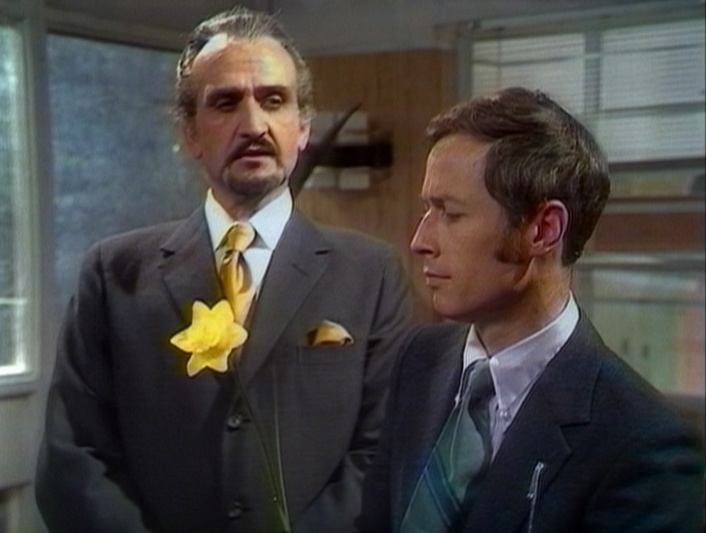
And as nightmare-inducing as some of these sequences may have been, there is no denying that the Autons were immensely popular with viewers. Because of this, it is perhaps surprising that the monsters never made a return appearance in the classic series. Viewers would have to wait until 2005 when, rather flatteringly, Russell T Davies chose the Autons and the Nestene Consciousness as the main monster for the Doctor’s very first adventure. He even paid homage to the famous scene from ‘Spearhead from Space’ when the shop window dummies burst out of their displays and start terrorising the shoppers.
The BBC did try, however, to bring the Autons back before this. Robert Holmes devised an adventure for the Sixth Doctor called ‘Yellow Fever and How to Cure It,’ which would see the return of the Doctor’s old enemies the Master and the Rani.
But aiding these renegades in their machinations was the Autons. In the story, the Master and the Rani have formed an alliance, and they’re using a travelling theatre show as a front for their operations, which somehow involves the Autons. The adventure was due to open with the Doctor’s companion Peri seeing an image of the Statue of Liberty on the TARDIS’ scanner and believing she was back in America, only to discover it was, in fact, a mini replica in a cultural garden.
However, ‘Yellow Fever and How to Cure It’ never moved past a plot outline and a draft script for the first episode. One of the reasons for this is that Doctor Who was unceremoniously cancelled by the BBC in 1985, who put it on an 18 month hiatus. All of the plans for Season 23, therefore, were promptly abandoned, and would the series would later be replaced with the 14 part ‘Trial of a Time Lord’ serial in 1986.
In addition, Robert Holmes sadly died before he could take his idea further. In fact, he passed away during the writing of ‘The Trial of a Time Lord’ and never had the chance to finish his last script. This meant that, when Target Books set about reimagining the lost stories of Season 23 as novels, Holmes wasn’t around to develop his ideas and show what the Autons would get up to next.
But as mentioned previously, the Autons have enjoyed a fresh wave of popularity in the modern era of Doctor Who, and played a key part in the Series Five finale ‘The Pandorica Opens’ and ‘The Big Bang’ written by Steven Moffat.
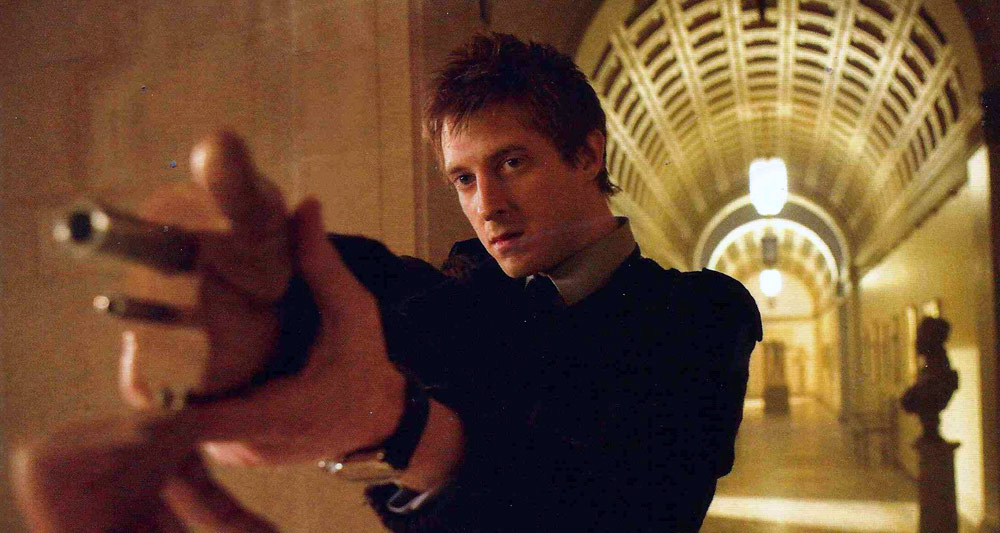
At the same time, it’s been a while since the Time Lord did battle with these living plastic monsters. Would you like to see another encounter with the dreaded Autons? And which Auton story is your favourite? Let us know in the comments below.








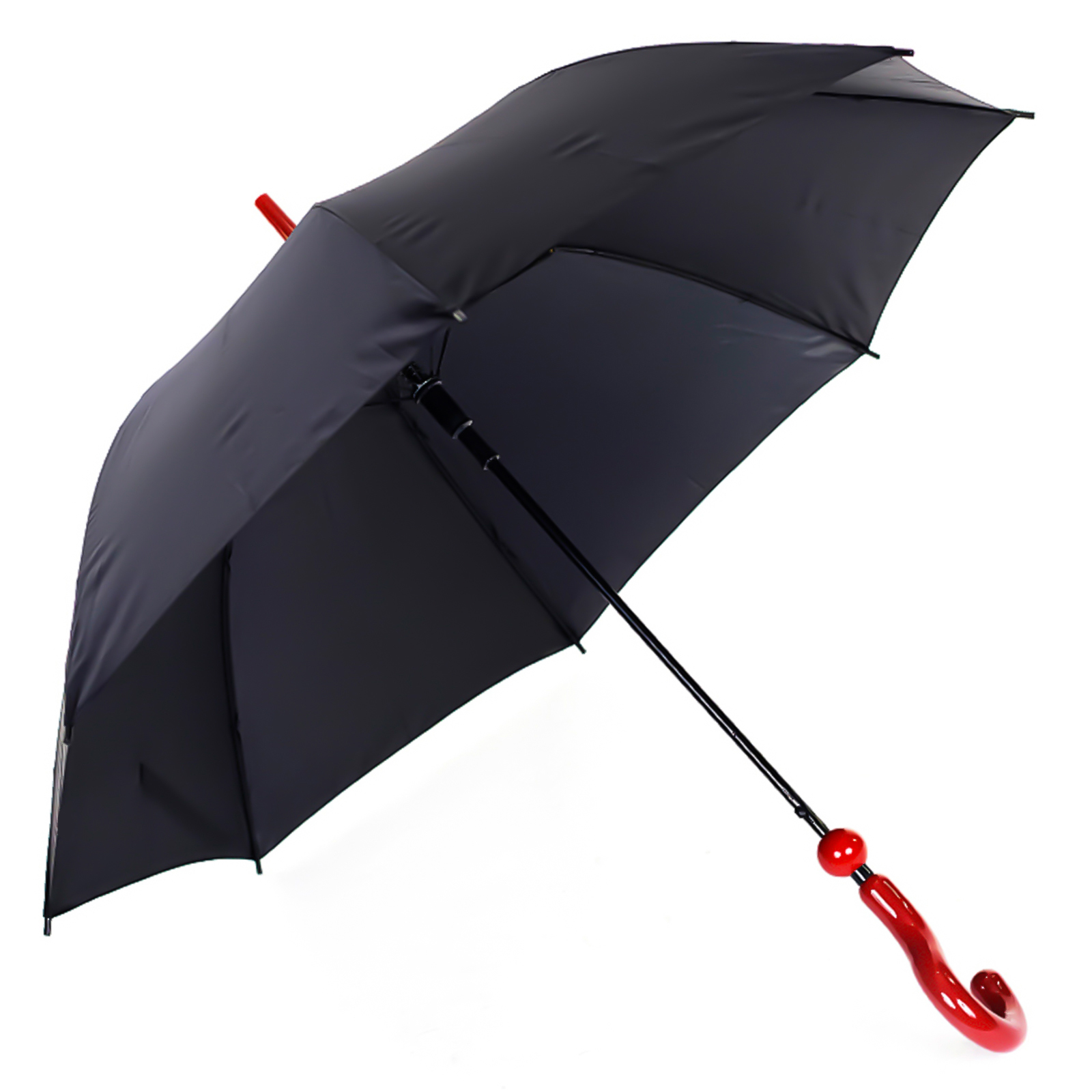

Leave a Reply